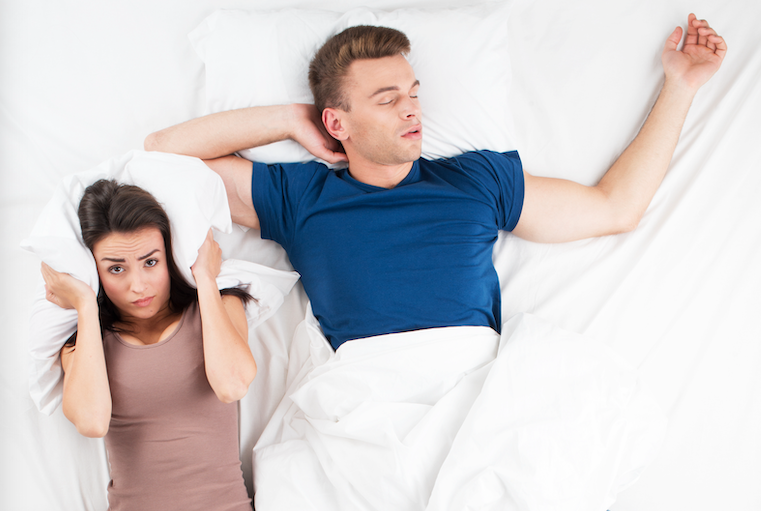Has your bed partner ever told you that you move suddenly or kick during sleep? Or have you woken up during sleep unsure of what roused you? You may be experiencing periodic limb movement disorder (PLMD).
According to the Cleveland Clinic, PLMD is quite common. Although most patients have a co-occurring sleep disorder, every so often these movements are the only symptom a person may experience. The disorder may not even be bothersome to the patient themselves, as periodic limb movements may occur during sleep and be completely asymptomatic and noticed only by a bed partner. In other cases, PLMD is disruptive and needs to be investigated and treated.
So, what is a “Periodic Limb Movement” during sleep?
You may be surprised to learn that we move a great deal during the nighttime hours, and some amount of movement is completely normal. PLMD is different because it happens repeatedly and disrupts sleep. According to the Cleveland Clinic, these movements usually involve the lower extremities, though in some people the upper limbs can also be involved.
These movements happen most frequently in light, non-rapid eye movement sleep and on regular intervals of 5 to 90 seconds. A person may have many movements during one night and none the next, so keeping a detailed sleep diary is important for diagnosis.

Who gets PLMD?
Most people who suffer from PLMD also have one or more related sleep disorders. According to the Cleveland Clinic, about 80% of patients with restless legs syndrome (RLS) have these movements. PLMD is common in patients with narcolepsy and REM behavior disorder and can occur in patients with obstructive sleep apnea even after treatment with positive airway pressure PAP. About one-third of adults over 65 experience these movements, though many won’t be symptomatic or need any sort of treatment.
What Causes PLMD?
In addition to other sleep disorders and older age, some medical conditions are associated with PLMD, including diabetes, iron deficiency, spinal cord injuries, and a condition called uremia when the kidneys are not functioning correctly. Thus, your sleep doctor will want to take a careful history and conduct a thorough medical investigation when diagnosing you.
How is PLMD diagnosed?
The diagnosis of PLMD is based on both history and an overnight polysomnogram (PSG). During the test the technicians will measure the bioelectrical signals moving through the body and note any movements or interruptions in sleep. A PSG can also help detect other disorders you may be experiencing, such as REM sleep disorder or sleep apnea.
Your doctor may also order tests to check the functioning of your kidneys and blood levels of nutrients such as iron, folic acid, vitamin B12, and magnesium. They may also check to see if your thyroid is working correctly.
How is PLMD treated?
There is no cure for PLMD, but treatment can improve your symptoms and help you get better rest. According to the Cleveland Clinic, there are both behavioral and medical treatments for PLMD. You may need to cut back or eliminate caffeine in your diet, as it can make the symptoms quite a bit worse. Some antidepressants make symptoms worse, so your doctor will want to discuss your medication history carefully and help you make decisions about adjusting a prescription, if needed.
Drugs can also be used to treat PLMD, “including dopamine agonists, alpha-2-delta ligands, benzodiazepines, and narcotics. Current treatment recommendations consider the dopamine agonist as a first line of defense.”
While treatment may not cure your disorder, together you and your doctor can work to reduce or even eliminate your symptoms. Your bed partner may also appreciate the reduction in sudden kicks coming their way!
______________________________________________________________________________________________________
Rosei Skipper, MD completed her Psychiatry residency and Child fellowship at the Mayo Clinic in Rochester, MN. She is currently pursuing further training in psychoanalytic therapy.
References:
-
Periodic Limb Movement Disorder (PLMD) in Adults. (2021, December 15). Cleveland Clinic. https://my.clevelandclinic.org/health/diseases/14177-periodic-limb-movement-disorder-plmd-in-adults



